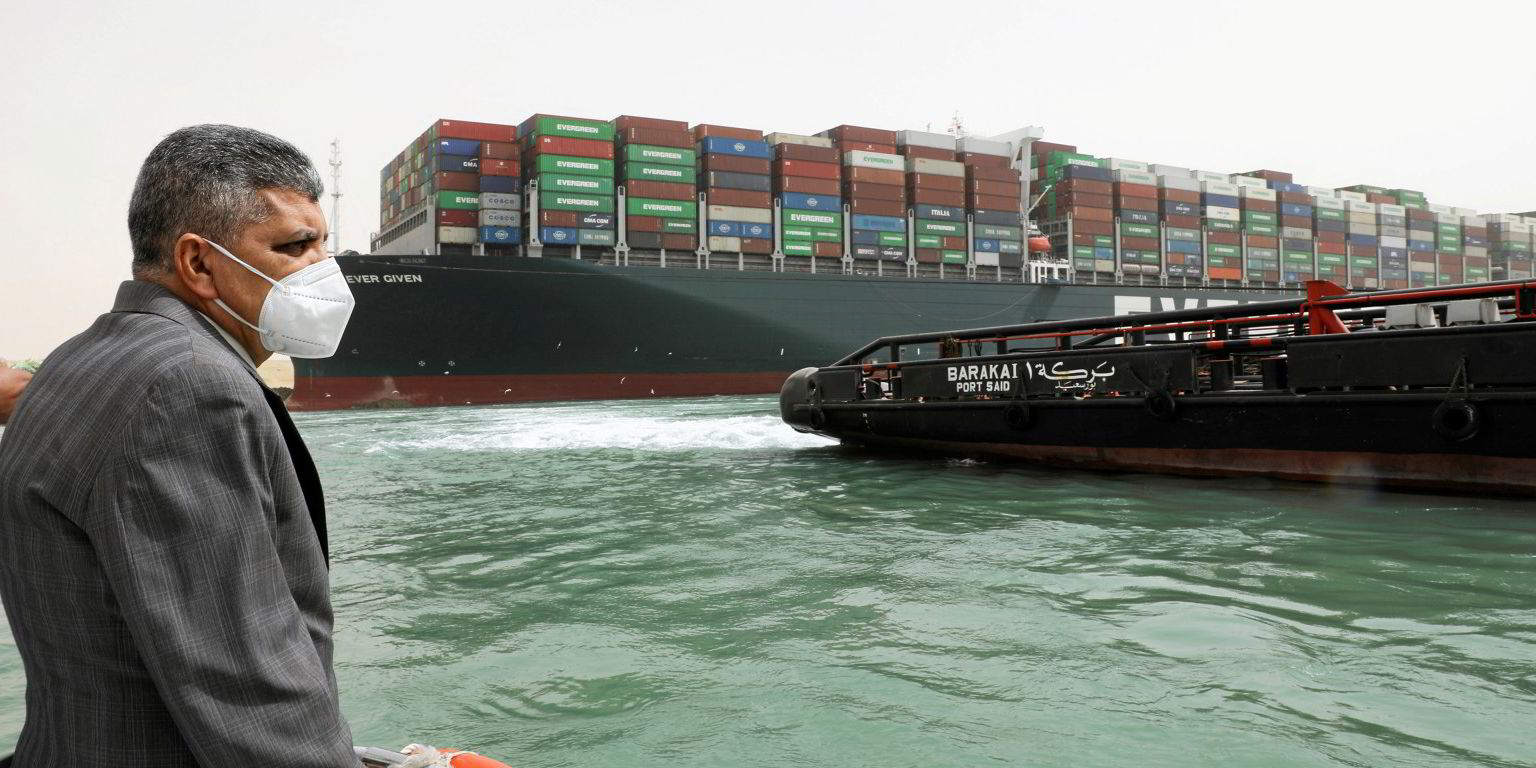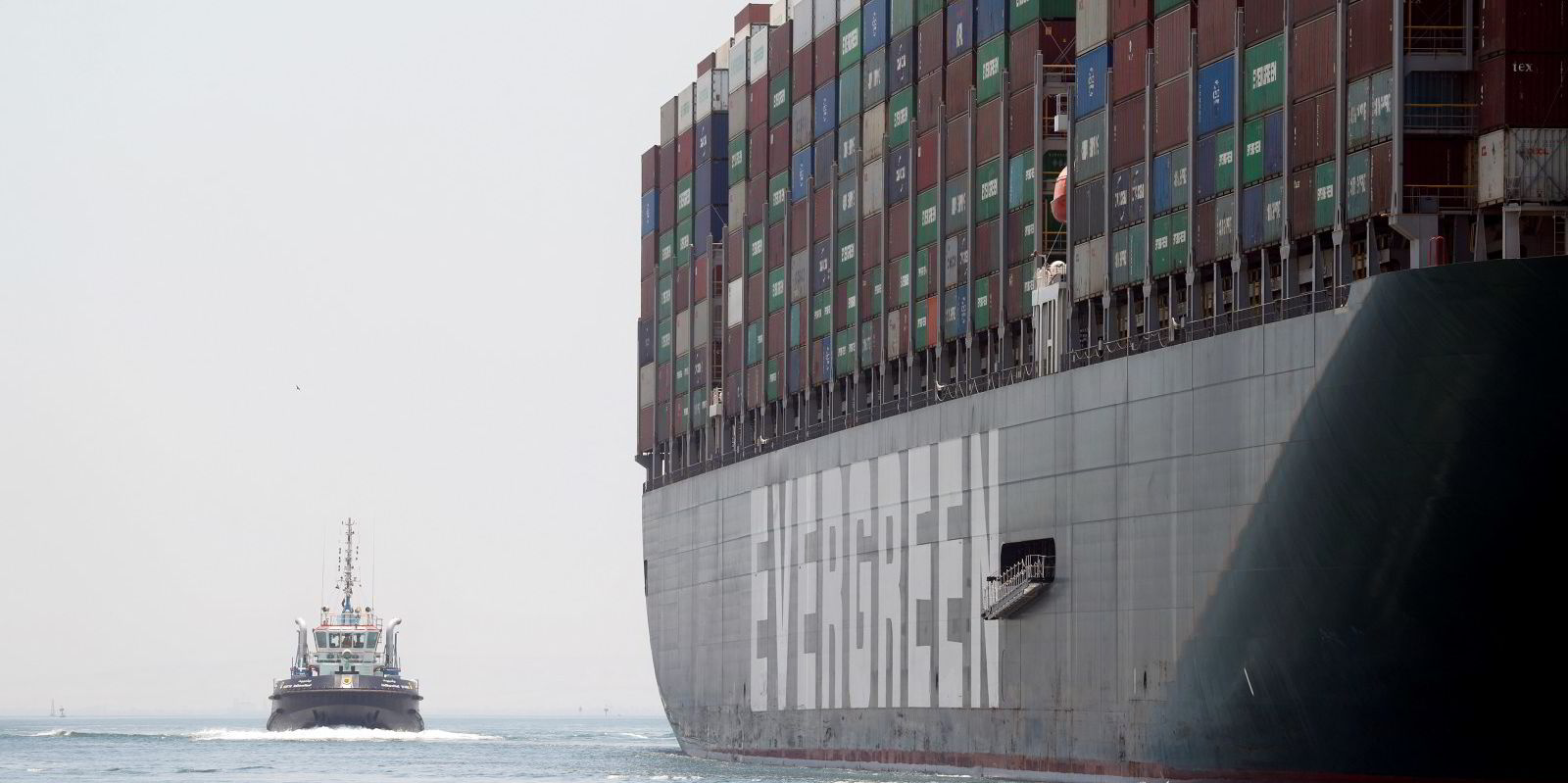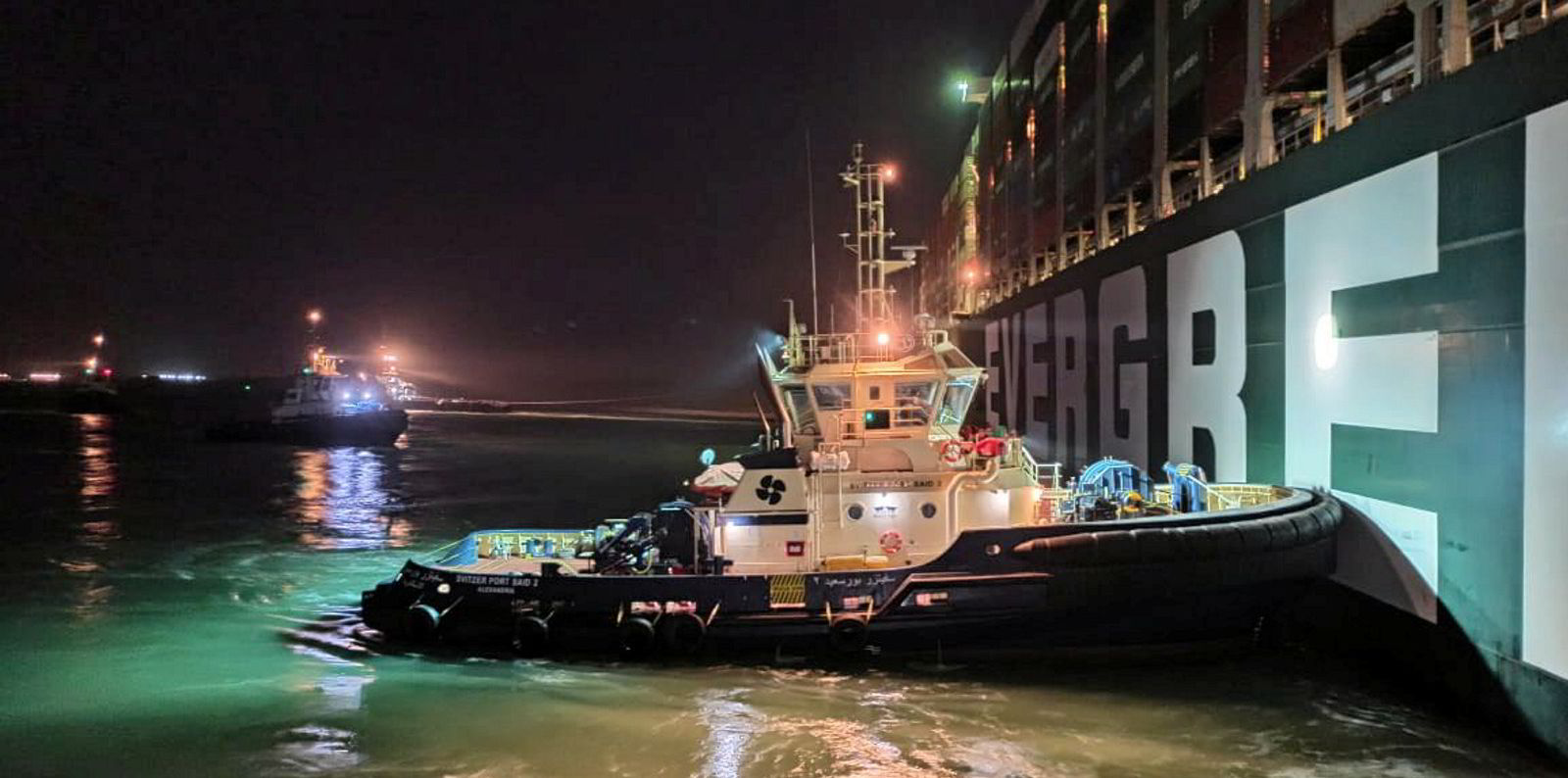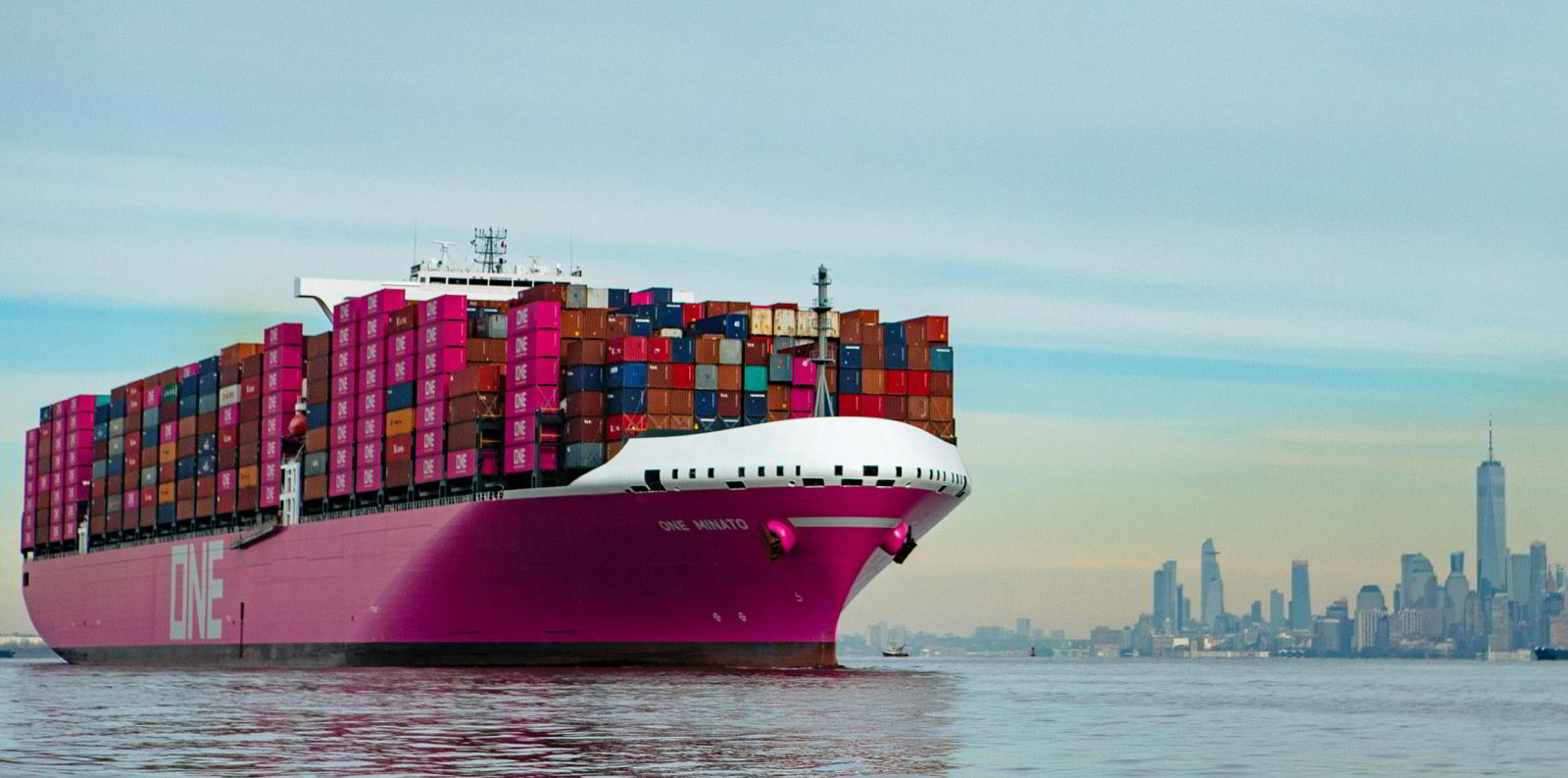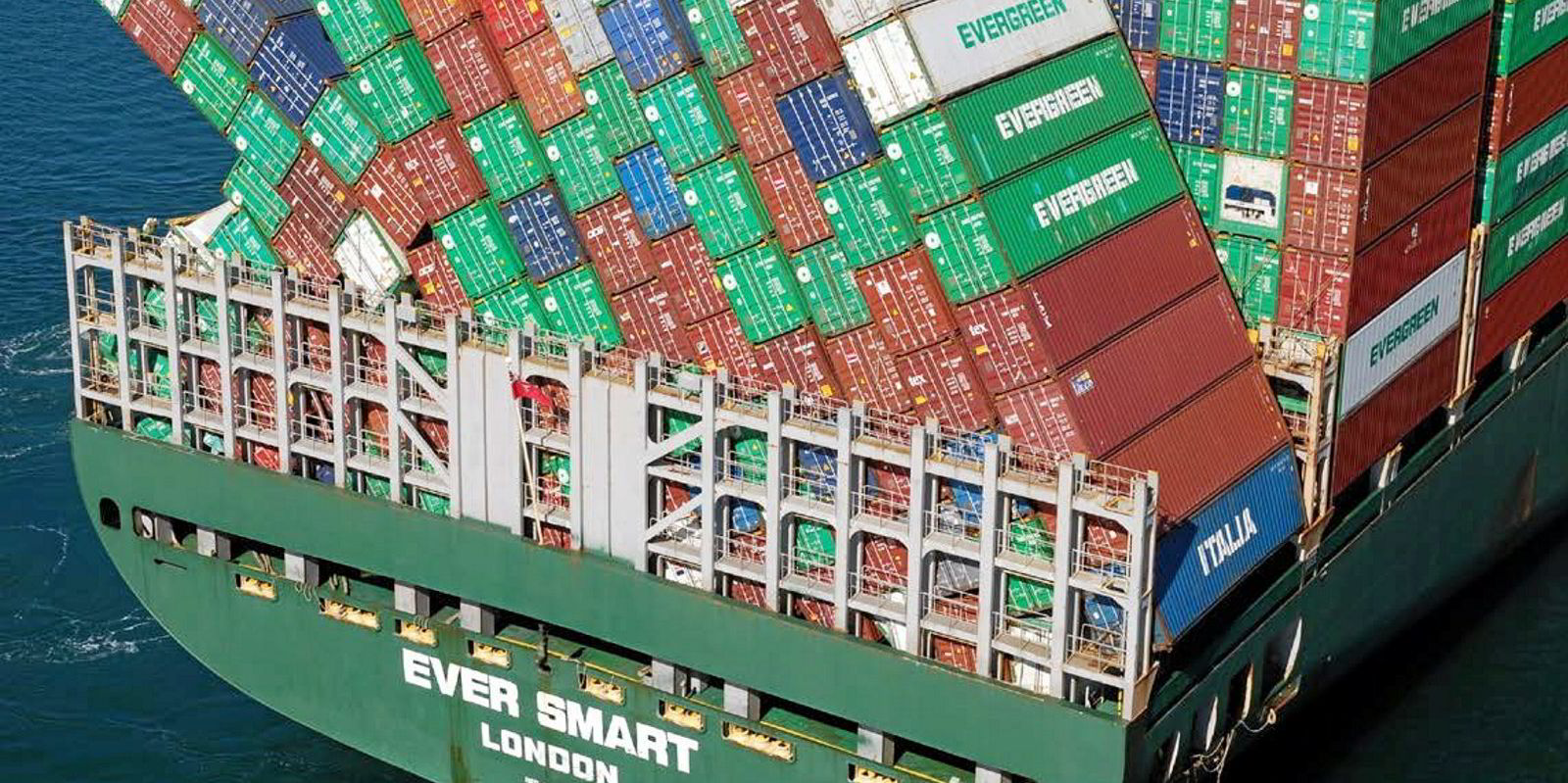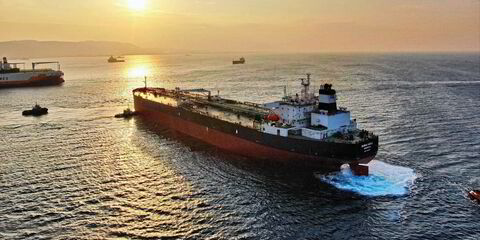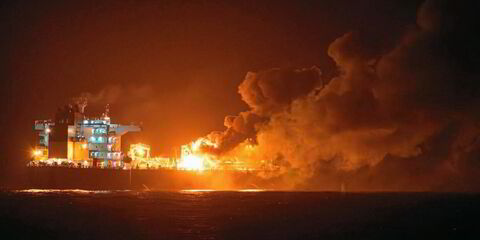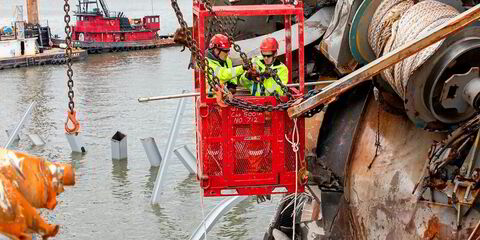The Suez Canal Authority (SCA) threw a fanfare farewell party for the Ever Given in Ismailia on the banks of the Suez Canal last week and invited the world’s media to witness the infamous ship’s departure.

Back in March, the ultra-large containership attracted worldwide attention in March when it grounded for six days, blocking the canal and causing chaos to international trade.
But the 20,388-teu Ever Given (built 2020) made only a fleeting appearance last Wednesday before heading straight out of the canal to safe anchor outside Port Said.
Its hasty departure is not surprising given the crew, cargo and ship have been held for over three months as a bargaining tool in at times fractious negotiations between the SCA and the ship’s insurers over compensation.
The SCA had begun talks asking for $916m before reducing the claim to $550m and, finally, if insurance market talk is to be believed, settling for much less than that.
Confidential settlement
The SCA wants to keep the terms of the settlement confidential. But it was keen to let it be known that a brand-new tug was part of the deal, which seems to suggest the eventual sum probably fell well short of its demands.
The unfortunate incident could have been settled more speedily if a more realistic initial claim had been made and security accepted for the Ever Given’s release.
Instead, as talks dragged on, cargo damage and delay, loss of hire and associated claims have since soared. And, after all that, the SCA ended up with much less than it had bargained for.
The final terms may end up being disclosed — against the SCA's wishes — if the agreement is thrown into the pool of claims in the general average negotiations.
But, somewhere along the line of this unfortunate and wasteful chain of events, the reasons for the Ever Given ending up stuck in the Suez Canal seem to have been forgotten.
Strong winds
At the initial Ismailia court hearings, evidence was given of the decision-making by pilots aboard as the ship was buffeted by strong winds that could have led to the disaster.
According to reports of the court hearing, it was an order from the pilot to increase speed that directly preceded the grounding. But is this simply a matter of pilot misjudgement?
The reasoning behind the decision to enter the Suez Canal in the first place, when other smaller ships preferred to sit out the storm, has not been disclosed.

The high-sided Ever Given, sailing at near full capacity and with more than 18,000-teu aboard, was always going to be one of the vessels that would be most affected by the strong winds that day.
Growing pressure
As the liner industry goes through an unprecedented boom there is considerable commercial pressure on all involved from ports, crew, ship operators, shippers, to waterways such as the Suez Canal, to keep things moving.
The Suez Canal grounding seems to share similarities with a handful of container stack collapses on vessels in the Pacific earlier this year.
The incidents all involved larger containerships, operating in a booming market, which opted to sail through difficult weather in a near fully-laden condition.
The result was a series of massive container stack collapses, the largest of which was the loss of more than 1,900 teu from the 14,000-teu ONE Apus (built 2019).
There is mounting evidence that extra caution is required for boxships of more than 13,000 teu sailing in hazardous conditions.
The question needs to be asked whether safety is being compromised to meet the demands of an unprecedented boom in container shipping that is earning billion-dollar profits for the world’s leading operators.(Copyright)
